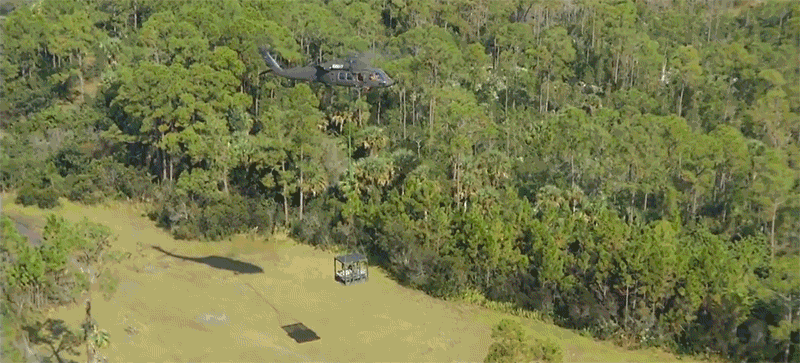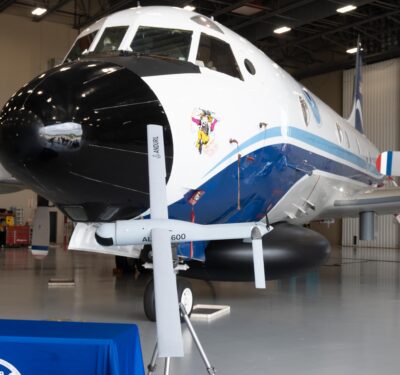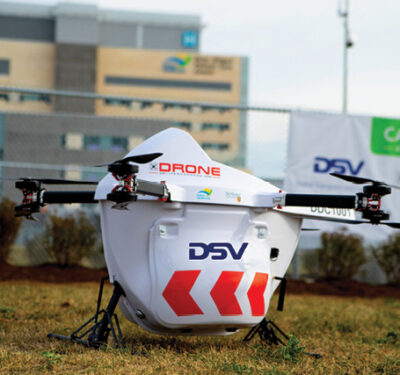Flying drones and driving drones can now collaborate in combined ground and air cooperative missions. An optionally piloted UH-60MU Black Hawk and a self-guided all terrain vehicle create the ultimate unmanned duo, keeping the soft tissue life forms out of harm’s way. Carnegie Mellon University and Sikorsky have used a UH-60MU Black Hawk helicopter enabled with Sikorsky’s MATRIX Technology and CMU’s Land Tamer autonomous Unmanned Ground Vehicle (UGV) which recently participated in a joint autonomy demonstration that proved the capability of new, ground-air cooperative missions. In the demonstration, the Black Hawk helicopter was operated in coordination with an unmanned ground vehicle (UGV), developed by Carnegie Mellon’s National Robotics Engineering Center (NREC). The UGV Land Tamer all-terrain vehicle combined key elements of several NREC world-class autonomous systems to support missions in difficult environments. Sikorsky was graciously supplied with the demonstration Black Hawk from the U.S. Army’s Department of Aviation and Missile Research Development. They promptly bolted on their proprietary autonomy kit, dubbed MATRIX, which allows the helicopter to operate sans pilot. Sikorsky introduced the Matrix Technology in 2013 with the intentions of improving the safety and reliability of autonomous and optionally piloted aircraft. “The UH-60MU aircraft is a […]
Click here to view original web page at aviationbuzzword.com







